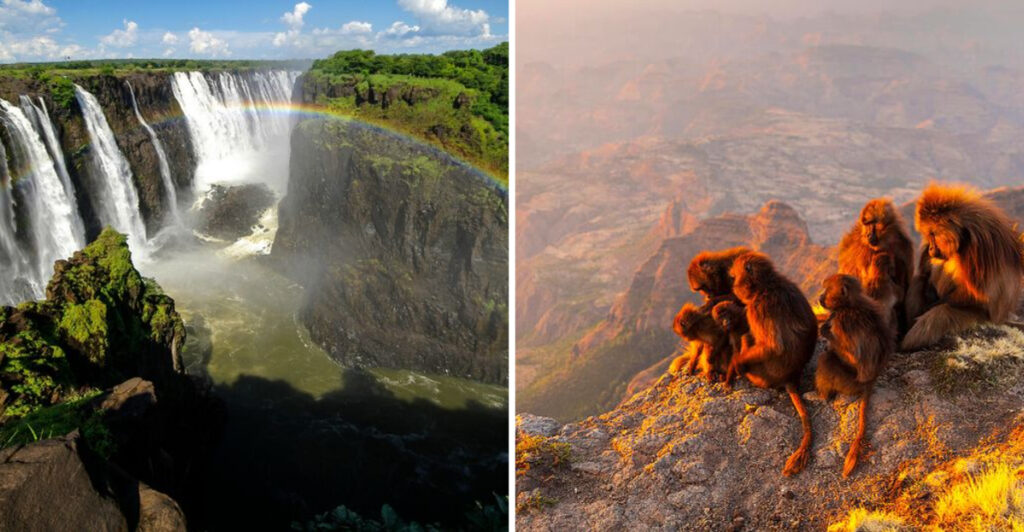Exploring the wilds of 15 safari countries over two years opened my eyes to the extraordinary lives of wildlife. These adventures blended thrilling encounters with breathtaking landscapes, ultimately reshaping my understanding of nature’s wonders.
Kenya: The Elephant Matriarchs
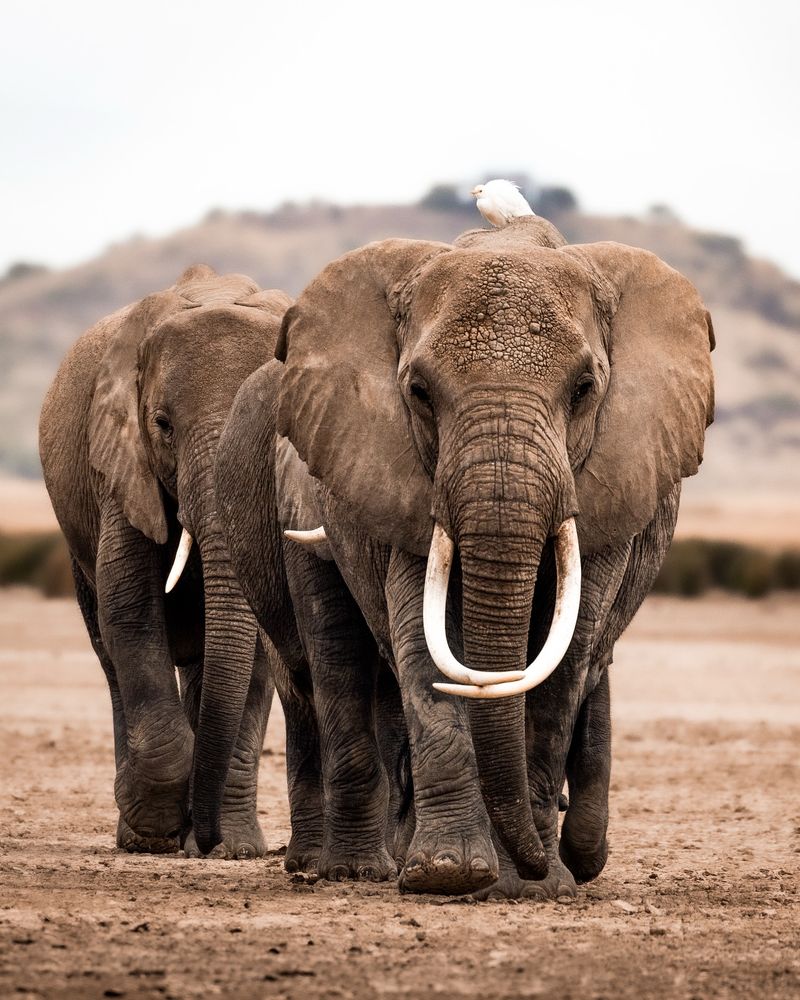
In the vast landscapes of Kenya, the elephant matriarchs reign supreme. With decades of wisdom, they guide their herds through challenges and joys. Watching them nurture their young is a testament to nature’s gentle leadership.
These majestic creatures navigate the grasslands, showcasing a social structure built on trust and communal care. Their presence is both humbling and inspiring.
A surprising fact? Elephants communicate using low-frequency sounds imperceptible to humans, a secret language that binds the herd together.
South Africa: The Majestic Lions
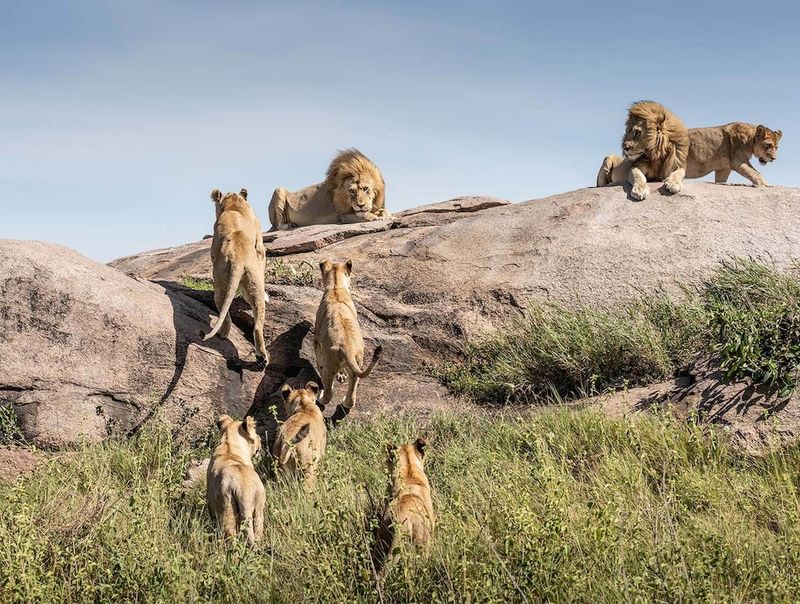
In South Africa, lions are the undisputed kings of the savannah. Observing a lion pride reveals a complex social system where each member plays a crucial role. The powerful roars echo through the night, a sound both thrilling and terrifying.
Lions spend hours lounging, but when they hunt, it’s a display of strategic teamwork and raw power. Each hunt is a reminder of nature’s relentless cycle.
Did you know? A lion’s roar can be heard up to five miles away, asserting dominance in the vast wilderness.
Tanzania: The Great Migration
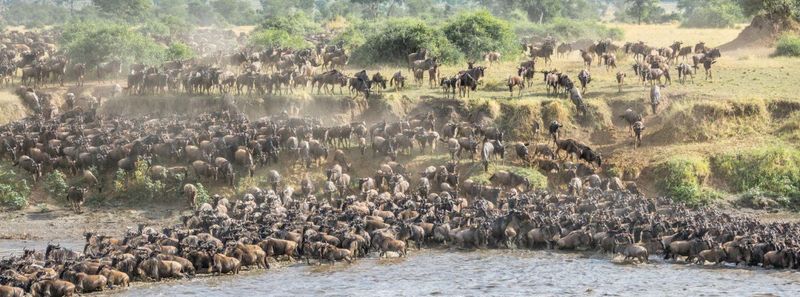
Tanzania hosts the awe-inspiring Great Migration, where millions of wildebeests and zebras embark on a journey for sustenance. It’s a seasonal dance of life and death. Predators lurk in the shadows, ready to take advantage of the chaos.
Witnessing this spectacle is a humbling reminder of nature’s grand design and the harsh realities of survival. The thundering hooves create a symphony of determination.
Fun fact: The Great Migration covers over 1,800 miles annually, one of the most impressive natural events on the planet.
Botswana: The Resilient Okavango Delta

Botswana’s Okavango Delta is a lush oasis teeming with life. Seasonal floods create a dynamic habitat where adaptation is key. Hippos patrol the waters, while crocodiles lurk silently beneath.
Exploring this delta by mokoro (canoe) reveals a hidden world of birds and diverse wildlife. The delta’s resilience in the face of changing climates is truly remarkable.
Did you know? The Okavango Delta is one of the world’s largest inland deltas, a UNESCO World Heritage Site bursting with biodiversity.
Namibia: The Silent Namib Desert
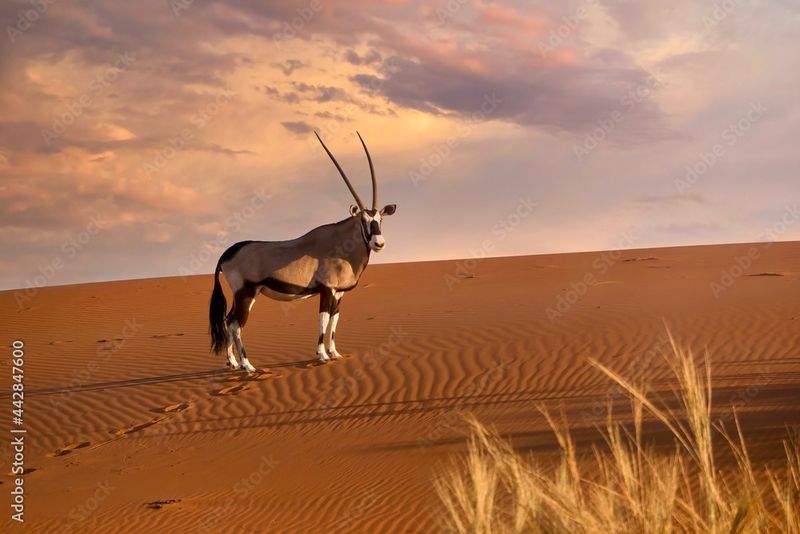
Namibia’s Namib Desert is a stark contrast to the lush deltas. Its towering dunes and barren landscapes hold a silent beauty. The oryx, with its striking horns, thrives in this harsh environment, a symbol of endurance.
The desert comes alive at night with the sounds of creatures adapted to extreme conditions. It’s a place of quiet reflection and awe.
A fact to ponder: The Namib is considered the oldest desert in the world, with its origins traced back around 55 million years.
Uganda: The Gentle Giants of Bwindi
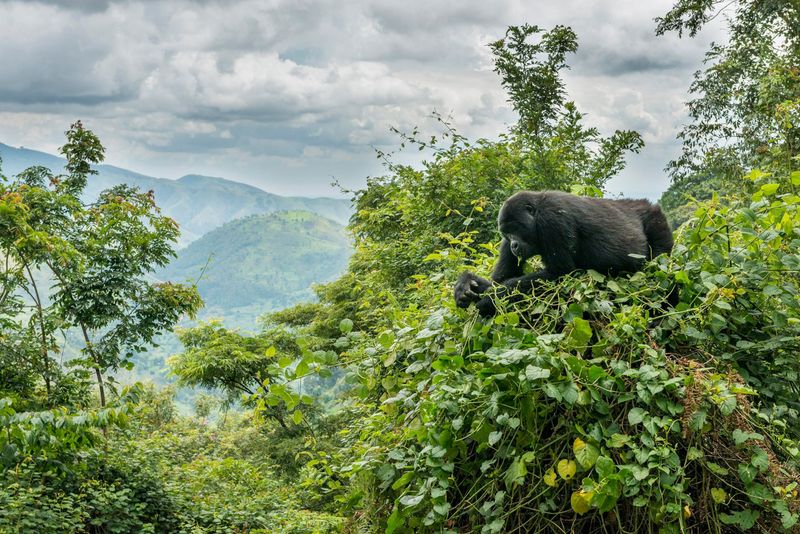
In Uganda’s Bwindi Impenetrable Forest, mountain gorillas share their world with the curious few who venture in. Their gentle nature and expressive eyes evoke a sense of connection across species.
Observing these giants reveals intricate family dynamics and a surprising playfulness. Their conservation success story offers hope for endangered species worldwide.
Did you know? Mountain gorillas share approximately 98% of their DNA with humans, making their interactions both familiar and fascinating.
Zimbabwe: The Mighty Victoria Falls
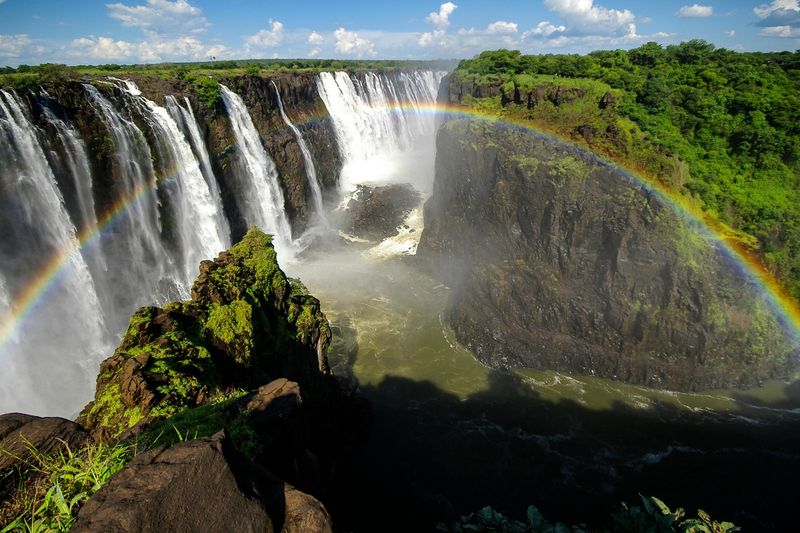
While not typical for wildlife, Zimbabwe’s Victoria Falls is a testament to nature’s raw power. The roaring waters create a mist that nourishes a unique micro-ecosystem around the falls.
This natural wonder draws diverse wildlife, including baboons and colorful birds, thriving in its spray. It’s a place where earth’s forces are on full display.
Intriguingly, Victoria Falls is known as “The Smoke That Thunders,” a fitting name for this awe-inspiring spectacle that captivates all who visit.
Rwanda: Mountain Gorilla Families
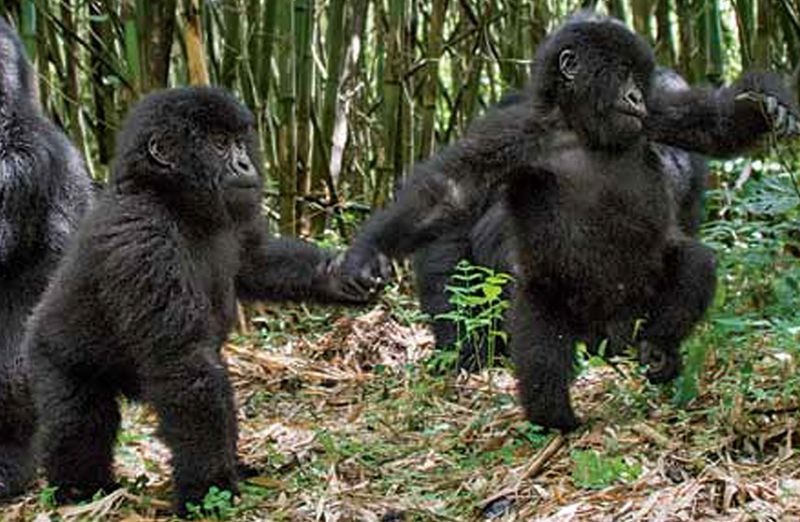
Rwanda’s mountainous jungles are home to the elusive mountain gorilla, a creature of profound social complexity. Witnessing a family interact, especially the playful antics of the young ones, is a heartwarming experience. These gorillas live in tight-knit groups led by a dominant silverback, who displays both authority and affection.
Their conservation success story is a testament to human dedication and resilience. Despite past hardships, their population is gradually increasing.
Fun fact: Mountain gorillas can only be found in three countries: Rwanda, Uganda, and the Democratic Republic of Congo. Their survival is a conservation triumph.
Zambia: The Luangwa Valley’s Night Hunters
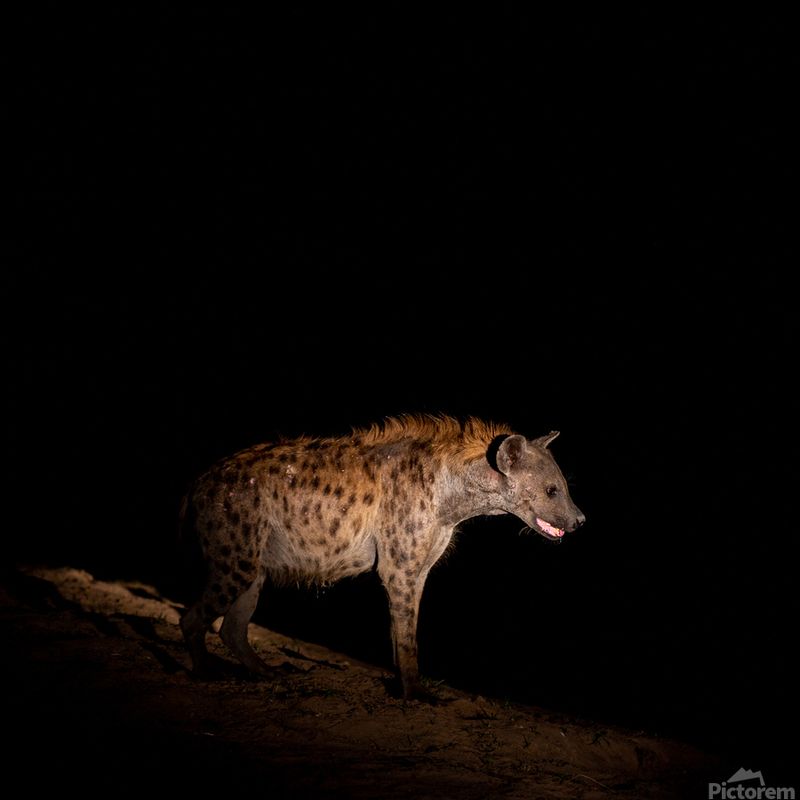
In the heart of Zambia’s Luangwa Valley, the chilling calls of hyenas break the night silence. These misunderstood creatures are efficient hunters and play a crucial role in the ecosystem.
Hyenas, often portrayed as scavengers, are formidable predators. Their social structure is led by females, who are larger and more dominant than the males.
Did you know? Hyenas have one of the strongest bites in the animal kingdom, capable of crushing bones effortlessly. Their presence in the valley ensures the balance of life and death in the wild, maintaining nature’s cycle.
Ethiopia: The Gelada Baboons’ Cliffside Dances
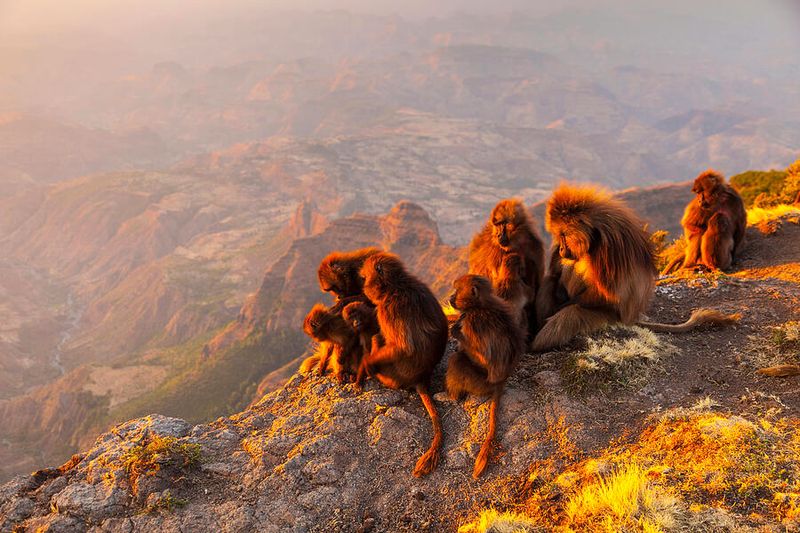
High in Ethiopia’s Simien Mountains, gelada baboons display remarkable agility. Known for their unique vocalizations and complex social dynamics, these baboons are unlike any other primates.
Watching them navigate the cliffs with ease is a sight to behold, their vibrant red “bleeding heart” chest patches contrasting against the greenery.
Interesting fact: Geladas are the world’s only primates that primarily feed on grass. Their specialized diet shapes their unique lifestyle, making them an extraordinary species among Africa’s rich tapestry of wildlife.
Madagascar: The Curious Lemur Troops
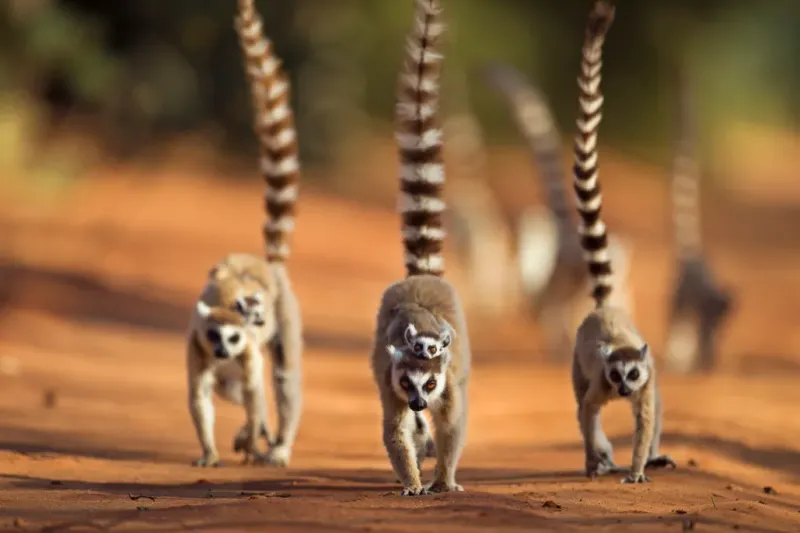
Madagascar, an island of secrets, is the only place where lemurs roam wild. These curious creatures captivate with their acrobatics and expressive eyes.
Each species, from the ring-tailed to the indri, brings its own charm and story. Lemurs are more than just rainforest residents; they are symbols of Madagascar’s unique biodiversity.
Fun tidbit: Lemurs play a crucial role in seed dispersal, aiding the regeneration of forests. Their presence is vital for maintaining the health of their ecosystem, illustrating the interconnectedness of life on this island.
Mozambique: The Marine Giants of Bazaruto
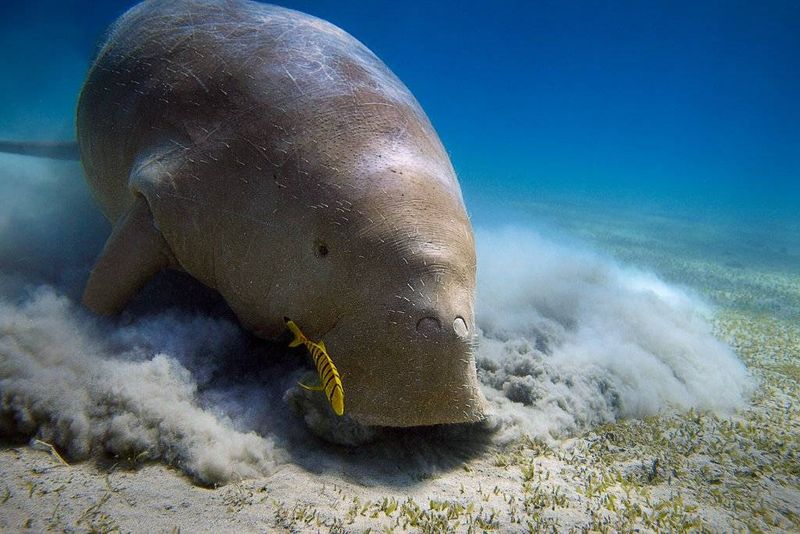
In Mozambique’s Bazaruto Archipelago, the ocean hides gentle giants. Dugongs, often mistaken for mermaids, glide gracefully through the turquoise waters.
These marine mammals are shy and elusive, making sightings rare and treasured. Their closest relatives are elephants, sharing a distant ancestry.
A fascinating fact: Dugongs are strictly herbivores, feeding on seagrass. Their presence indicates healthy marine environments and highlights the importance of conservation efforts in preserving aquatic life and habitats.
Gabon: The Coastal Elephants
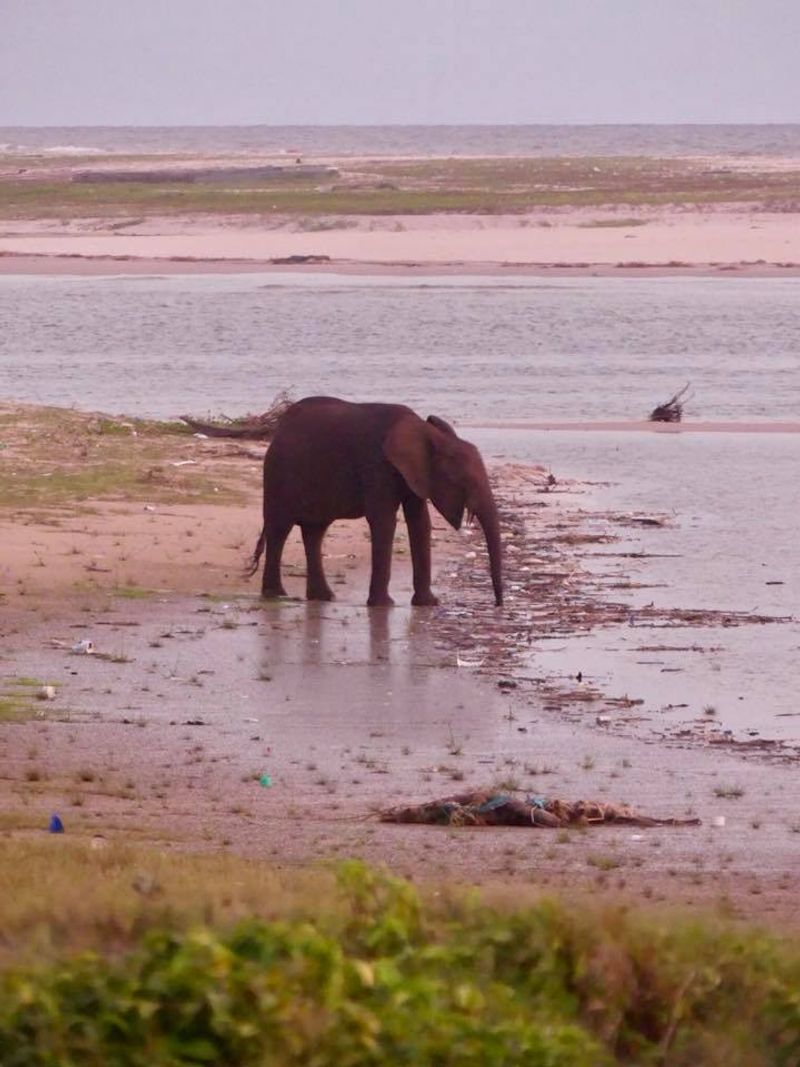
In Gabon, elephants roam the beaches, a sight so surreal it feels like stepping into a dream. These coastal giants wander the shoreline, leaving footprints in the wet sand. Their silhouettes against the setting sun create a mesmerizing spectacle.
Walking alongside the waves, these elephants have adapted to an unusual lifestyle. The lush forests meet the ocean, offering a rich buffet of vegetation. It’s a rare glimpse into a world where land meets sea in perfect harmony.
Despite challenges from poaching, conservation efforts strive to protect these unique pachyderms, ensuring their coastal wanderings continue.
India: The Bengal Tigers of Sundarbans
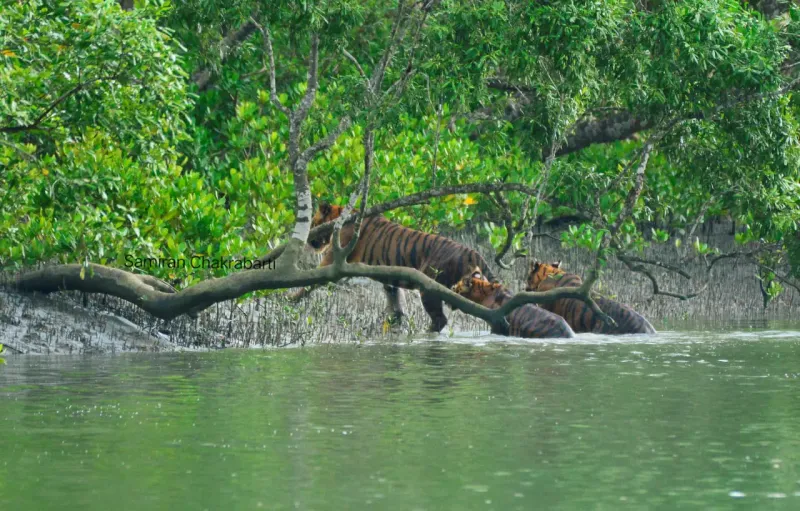
Among the mangroves of the Sundarbans, Bengal tigers reign supreme. Known for their swimming prowess, these tigers gracefully navigate the water channels. Their striped fur blends seamlessly with the dappled light of the forest.
These majestic creatures are not just predators; they are symbols of the wild’s untamed beauty. The Sundarbans provide a unique habitat, challenging the tigers to adapt to an aquatic environment.
Conservationists work tirelessly to safeguard this delicate ecosystem, vital for the tigers’ survival. The struggle to protect such a unique blend of land and water is ongoing.
Sri Lanka: The Enigmatic Leopards of Yala
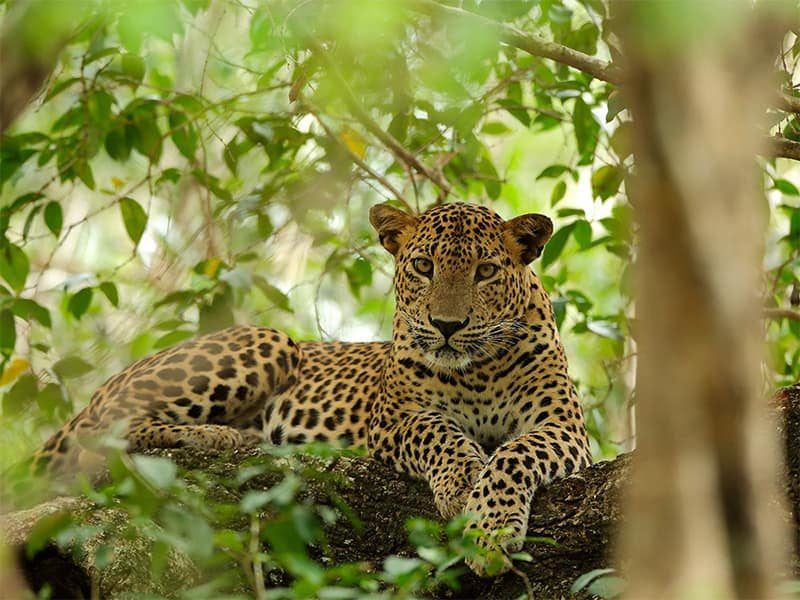
In Sri Lanka’s Yala National Park, leopards rule the dense jungles. These elusive felines are masters of stealth, often seen lounging in the trees, their spotted coats merging with the leaves.
Yala’s leopards are intriguingly bold, often seen during daylight hours. This park boasts one of the highest leopard densities in the world. The allure of these big cats draws visitors eager for a glimpse of their secretive lives.
Preserving their habitat is crucial, as urban development encroaches on these wild lands. The struggle to maintain this delicate balance continues, ensuring leopards thrive.

